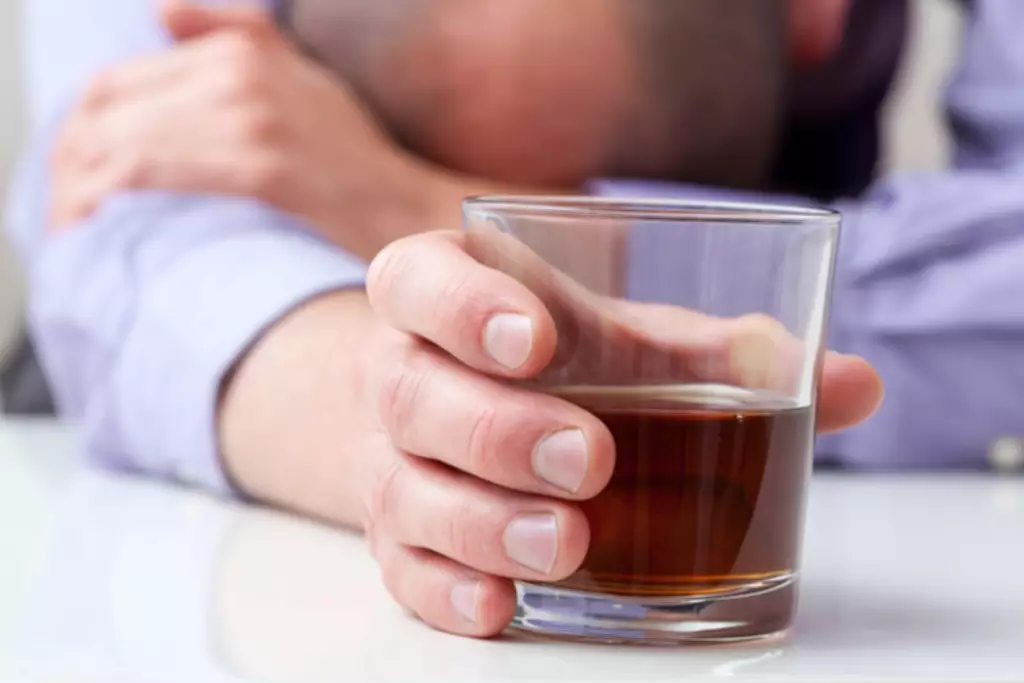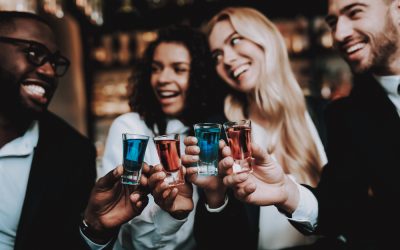Because CBD oil, or hemp oil, is made from high-CBD, low-THC hemp, it is non-addictive and has no addictive qualities. Any product, regardless of dependency-creating qualities, can be used in a process addiction relationship, but CBD appears to have no effects in encouraging addiction. Researchers of an animal study published in the Journal of Experimental https://ecosoberhouse.com/ Medicine found that it significantly suppressed chronic neuropathic and inflammatory pain. The strongest evidence for its effectiveness is in treating medical conditions including epilepsy. Dravet syndrome and Lennox-Gastaut syndrome (LGS), which typically don’t respond to anti-seizure medications, have been found to respond to CBD.
How much CBD should you take?
This high rate of recurrence is largely due to the ineffectiveness of the available drugs or the lack of specific treatments (e.g., cannabis, cocaine, or amphetamine-type use disorders). Thus, there is a growing need to significantly improve our knowledge about the underlying mechanisms involved in the development of drug dependence to finally design new pharmacological tools with higher efficacy and safety. While CBD seems to have direct effects on addictive behaviors, its therapeutic potential could also be enhanced by several properties that contribute indirectly to addictive disorders. For example, its antianxiety properties are well known at doses of 300–600 mg12,37 and CBD seems to have antidepressant11 and anticonvulsant38,39 effects. Its impact on pain has been investigated, especially in combination with THC in Sativex treatment for chronic pain40,41 and is relevant since chronic pain can induce or perpetuate drug abuse. The results showed that CBD alone did not influence the score, but reduced the number of fecal boluses, while increasing wet shakes.
What are possible side effects?
When you ingest CBD, it interacts with a system of enzymes known as Cytochrome p450 (CYP450). These enzymes are responsible for the metabolism of drugs from pharmaceutical medications. CBD is the inhibitor of CYP45, preventing these compounds from being properly is cannabidiol addictive processed in the liver. We also feel obliged to cover one important issue regarding CBD — potential interactions with drugs. Dopamine may trigger and strengthen feelings of pleasure, but the activity that led up to this surge is even more significant.
- A limited number of preclinical studies suggest that CBD may have therapeutic properties on opioid, cocaine, and psychostimulant addiction, and some preliminary data suggest that it may be beneficial in cannabis and tobacco addiction in humans.
- Cannabis-derived CBD products may be more effective than those from hemp, but industrial hemp-derived CBD still provides many health benefits.
- Healthcare professionals can support by diagnosing and then providing talk therapy, medications, or a combination of the two.
- — but they are different in terms of their chemical profiles and the ratios between CBD and THC.
- The report has provided a detailed breakup and analysis of the North America legal cannabis market based on the products derived.
- The cycle of addiction often leads individuals to prioritize obtaining and using the substance over other responsibilities or activities.
Marijuana / CBD

CBD, short for cannabidiol, is one of the two major constituents of cannabis plants. Unlike the other cannabinoid, THC, CBD doesn’t have intoxicating properties, so it won’t get you high in a way that THC in marijuana does. The authors of one 2020 review state that cannabis-based treatments may offer a potential alternative to opioid-based pain medication.
- As of this writing, the FDA has approved only one CBD product, Epidiolex, for the treatment of rare, severe forms of epilepsy.
- A 2015 review of available preclinical and clinical data found that CBD had therapeutic properties in the treatment of cocaine, opioid, and psychostimulant addiction.
- Individuals with liver disease or those who are pregnant or breastfeeding should also avoid using CBD without consulting a healthcare professional.
- There are a high number of serotonergic receptors subtypes with different functional profiles, suggesting the complexity of serotonin-mediated regulation of drug reward.
- U.S. policy has also made marijuana research of any sort very difficult.
Neurobiological Mechanisms Involved in CBD-Mediated Regulation of Addiction
On the other hand, the antagonism of CB2R by the administration of AM630 completely blocked the reduction of cocaine SA by CBD, suggesting its critical involvement in CBD-mediated effects (Galaj et al., 2020). Thus, available evidence suggests that CBD may functionally regulate the activity of the mesolimbic DA system and counteract the effects of dysregulated dopaminergic transmission induced by drugs such as amphetamine, cocaine, alcohol, or cannabis. These findings could be related, at least in part, to the reduction of the reinforcing and motivational effects of these drugs, as well as to the regulation of the withdrawal syndrome.
Learn more about CBD and Cannabis
Food and Drug Administration (FDA) made clear that products that contain CBD—even if derived from legal, commercial hemp—cannot claim to have therapeutic benefits or be sold as dietary supplements unless they have been approved by the FDA for that use. This is to protect consumers by discouraging the illegal marketing of unsubstantiated health/medical claims. As of this writing, the FDA has approved only one CBD product, Epidiolex, for the treatment of rare, severe forms of epilepsy. If you are buying other CBD products today, their therapeutic benefits are unsubstantiated, and they are largely unregulated in terms of safety. The present review shows the current state of the art about the potential interest of CBD as a new pharmacological avenue for SUD.
Non-intoxicating effects
- When you ingest CBD, it interacts with a system of enzymes known as Cytochrome p450 (CYP450).
- It was proposed that CBD could act as a partial agonist (Tham et al., 2019), inverse agonist or even as an antagonist (Thomas et al., 2007).
- Withdrawal from CBD does not produce the same symptoms as addictive substances, making it a safer option for those concerned about addiction potential.
- Keep in mind that individual responses to CBD may differ, so it’s essential to monitor how your body reacts and adjust the dosage accordingly.
- Torabi’s cannabis dispensary sells hemp-derived gummies, oils, edibles and smokable plant buds that are marketed as having wellness benefits like decreased depression or stress relief.
Cannabis Compound Eases Anxiety and Cravings of Heroin Addiction – Scientific American
Cannabis Compound Eases Anxiety and Cravings of Heroin Addiction.
Posted: Tue, 21 May 2019 07:00:00 GMT [source]
Differences between CBD, Marijuana, Cannabis, and Hemp





